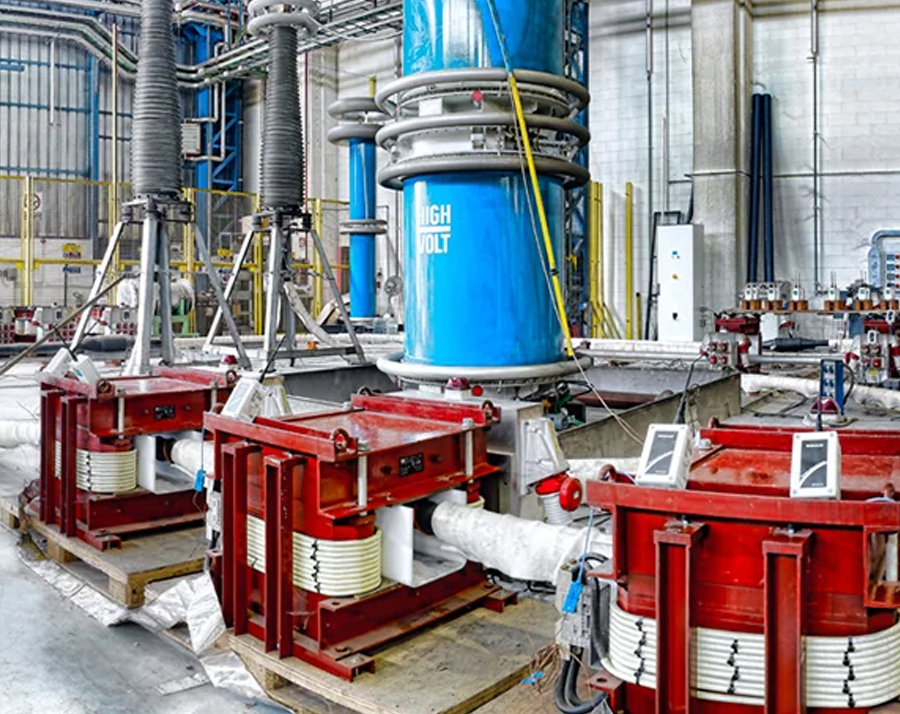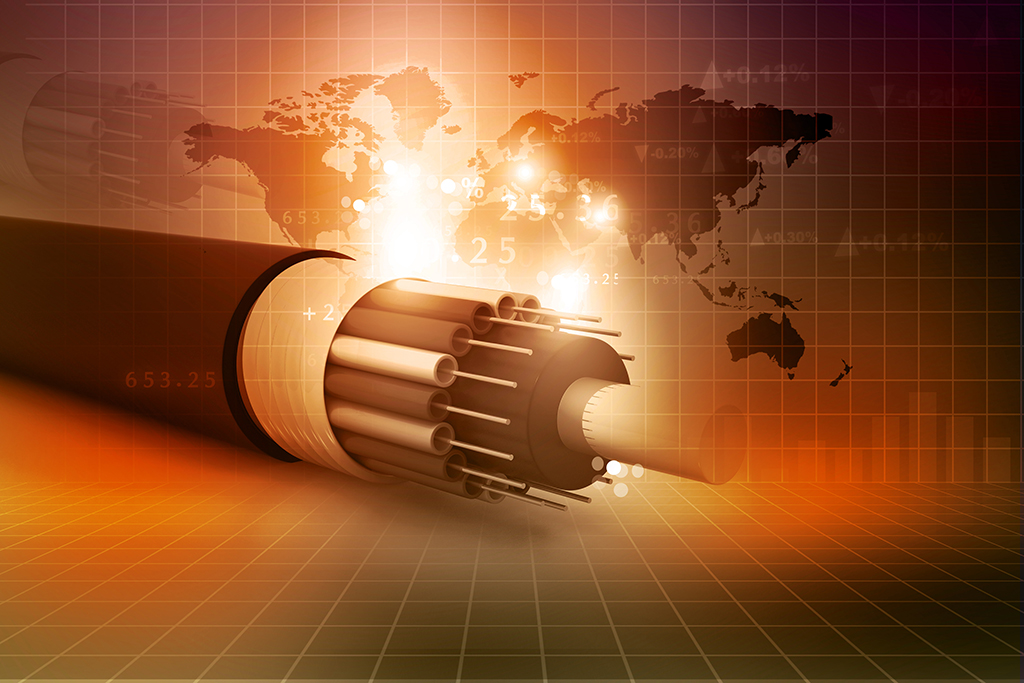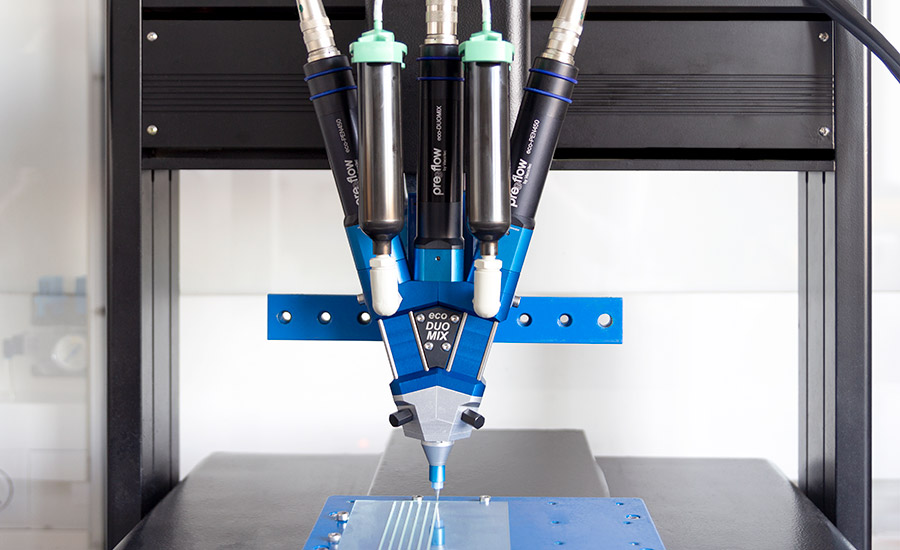Cable Technologies: A Journey Through History and Innovation
Cable technologies have revolutionized the way we communicate, access information, and interact with the world around us. From the humble beginnings of coaxial cables to the sophisticated fiber optic networks […]

Cable technologies have revolutionized the way we communicate, access information, and interact with the world around us. From the humble beginnings of coaxial cables to the sophisticated fiber optic networks that connect us today, cable technologies have driven countless advancements across various industries.
This exploration delves into the evolution of cable technologies, examining their diverse types, applications, and the standards that govern their implementation. We’ll also explore emerging trends that are shaping the future of cable technologies, promising even greater connectivity and innovation.
History of Cable Technologies
Cable technologies have played a pivotal role in the evolution of communication and information transmission. From the early days of coaxial cables to the modern era of fiber optic cables, advancements in cable technologies have revolutionized the way we connect, share information, and access entertainment.
Early Coaxial Cables
Coaxial cables, invented in the late 19th century, were among the first cable technologies used for long-distance communication. They consist of a central conductor surrounded by an insulator and a braided outer conductor, providing a shielded and efficient transmission path for electrical signals.
- Coaxial cables were initially used for telephony and radio broadcasting, enabling the transmission of signals over longer distances with less signal loss.
- The invention of the coaxial cable was a significant milestone, paving the way for the development of cable television and other cable-based communication technologies.
The Rise of Cable Television
Cable television emerged in the mid-20th century, utilizing coaxial cables to deliver television programming to households. Cable television networks offered a wider range of channels and programming options compared to traditional over-the-air broadcasting.
- Cable television networks became increasingly popular, providing viewers with more diverse content and improved signal quality.
- The development of cable television significantly impacted the broadcasting industry, leading to increased competition and innovation in television programming.
The Introduction of Fiber Optic Cables
Fiber optic cables, developed in the 1970s, revolutionized cable technology by utilizing light pulses to transmit data. Fiber optic cables offer significantly higher bandwidth, faster transmission speeds, and lower signal loss compared to coaxial cables.
- Fiber optic cables became the preferred choice for long-distance communication, internet access, and data transmission in various industries.
- The introduction of fiber optic cables enabled the rapid growth of the internet and the development of high-speed data networks.
Impact on Industries
Cable technologies have had a profound impact on various industries, including:
- Telecommunications: Cable technologies have enabled the development of high-speed internet access, mobile phone networks, and other telecommunications infrastructure.
- Broadcasting: Cable technologies have revolutionized television broadcasting, offering viewers a wider range of channels and programming options.
- Data Transmission: Cable technologies have enabled the transmission of massive amounts of data at high speeds, facilitating the growth of cloud computing, data centers, and other data-intensive applications.
Applications of Cable Technologies
Cable technologies have revolutionized various industries, enabling high-speed communication, data transfer, and control systems. Their diverse applications span across telecommunications, broadcasting, data transmission, industrial automation, and healthcare, significantly impacting our daily lives.
Telecommunications
Cable technologies are fundamental to modern telecommunications infrastructure, facilitating reliable and efficient communication.
- Telephone Networks: Traditional telephone networks rely heavily on copper cables for voice transmission. These cables carry analog signals, converting sound waves into electrical signals, enabling communication over long distances.
- Internet Access: Cable internet services utilize coaxial cables to deliver high-speed internet access to homes and businesses. Coaxial cables offer higher bandwidth compared to traditional telephone lines, enabling faster data transfer rates and supporting multimedia streaming.
- Cellular Communication: While wireless technologies dominate cellular communication, cable technologies play a crucial role in supporting the infrastructure. Fiber optic cables connect cell towers and base stations, providing high-bandwidth connectivity for data transmission and voice calls.
Broadcasting
Cable technologies have revolutionized the broadcasting industry, enabling the distribution of television signals and satellite communication.
- Television Broadcasting: Cable television networks utilize coaxial cables to deliver television signals to subscribers. This technology allows for the transmission of multiple channels simultaneously, providing viewers with a wider range of programming options.
- Cable Television: Cable television services utilize coaxial cables to deliver television signals to subscribers. This technology allows for the transmission of multiple channels simultaneously, providing viewers with a wider range of programming options.
- Satellite Communication: Satellite communication relies on microwave signals transmitted through space, utilizing ground stations equipped with antennas connected to cable technologies. These cables facilitate the transmission and reception of data, enabling satellite television broadcasts and other communication services.
Data Transmission
Cable technologies are essential for high-speed data transfer in modern data centers, networks, and cloud computing environments.
- Data Centers: Data centers rely heavily on fiber optic cables to connect servers, storage systems, and networking equipment. Fiber optic cables offer significantly higher bandwidth compared to copper cables, enabling fast data transfer rates and supporting large-scale data processing.
- Networks: Ethernet cables, primarily twisted-pair cables, are widely used in local area networks (LANs) to connect computers, printers, and other devices. These cables offer reliable data transmission at speeds ranging from 10 Mbps to 10 Gbps, depending on the cable type and technology.
- Cloud Computing: Cloud computing services rely on vast networks interconnected by cable technologies. Fiber optic cables connect data centers and cloud providers, enabling high-speed data transfer and access to cloud resources from anywhere in the world.
Industrial Automation
Cable technologies play a crucial role in industrial automation, facilitating the control of machines, sensors, and robotic systems.
- Industrial Control Systems: Industrial control systems utilize cable technologies to connect sensors, actuators, and controllers, enabling automated processes and remote monitoring. These cables transmit data and control signals, allowing for precise control of industrial machinery.
- Sensors: Sensors in industrial environments often rely on cable technologies to transmit data to control systems. These cables can be used to monitor temperature, pressure, flow, and other parameters, providing real-time data for process optimization and fault detection.
- Robotics: Industrial robots often rely on cable technologies for power supply and data communication. These cables connect robots to control systems, enabling precise movements, task execution, and data exchange.
Healthcare, Cable technologies
Cable technologies are increasingly used in healthcare, enabling medical imaging, telemedicine, and remote monitoring.
- Medical Imaging: Medical imaging equipment, such as MRI scanners and CT scanners, rely on cable technologies to transmit data and control signals. These cables ensure accurate image acquisition and processing, enabling diagnosis and treatment planning.
- Telemedicine: Telemedicine utilizes cable technologies to connect healthcare providers and patients remotely. These technologies enable virtual consultations, remote monitoring, and data sharing, improving access to healthcare services, particularly in rural areas.
- Remote Monitoring: Cable technologies are used to connect medical devices, such as pacemakers and insulin pumps, to monitoring systems. These technologies allow healthcare providers to track patients’ vital signs and adjust device settings remotely, improving patient care and safety.
Cable Technology Standards and Regulations

Cable technology standards and regulations play a crucial role in ensuring the smooth and reliable operation of cable-based communication systems. They establish guidelines for the design, construction, and operation of cables, guaranteeing interoperability, performance, and safety.
Key Cable Technology Standards and Regulations
Cable technology standards and regulations are developed and enforced by various organizations, ensuring consistency and compatibility in the cable industry.
| Standard Name | Organization | Purpose | Applications |
|---|---|---|---|
| TIA/EIA-568 | Telecommunications Industry Association (TIA) and Electronic Industries Alliance (EIA) | Defines standards for telecommunications cabling, including wiring, connectors, and testing procedures. | Structured cabling systems, data centers, and telecommunications networks. |
| ISO/IEC 11801 | International Organization for Standardization (ISO) and International Electrotechnical Commission (IEC) | Specifies requirements for generic cabling systems for customer premises, including performance characteristics, installation, and testing. | Office buildings, industrial facilities, and data centers. |
| IEEE 802.3 | Institute of Electrical and Electronics Engineers (IEEE) | Defines standards for Ethernet networking, including physical layer specifications for different cable types and speeds. | Local area networks (LANs), metropolitan area networks (MANs), and wide area networks (WANs). |
| HDMI | HDMI Licensing LLC | Defines standards for high-definition multimedia interface (HDMI) cables, ensuring compatibility between devices. | High-definition televisions, Blu-ray players, gaming consoles, and other multimedia devices. |
| USB | USB Implementers Forum (USB-IF) | Defines standards for Universal Serial Bus (USB) cables, enabling data transfer and power delivery between devices. | Computers, peripherals, mobile devices, and other electronic devices. |
Significance of Cable Technology Standards
Cable technology standards are crucial for ensuring interoperability, performance, and safety in cable-based communication systems.
- Interoperability: Standards ensure that different cables and devices from different manufacturers can seamlessly connect and communicate with each other. This eliminates compatibility issues and allows for flexibility in system design and upgrades.
- Performance: Standards define performance criteria for cables, such as bandwidth, signal integrity, and attenuation. This ensures that cables meet the required specifications for reliable data transmission and signal quality.
- Safety: Standards address safety concerns, such as fire resistance, electromagnetic interference (EMI), and electrical hazards. This ensures that cables are safe for installation and use, protecting users and equipment.
Role of Regulatory Bodies
Regulatory bodies play a vital role in setting and enforcing cable technology standards.
- Setting Standards: Regulatory bodies establish and maintain standards, ensuring that they are up-to-date and meet the evolving needs of the industry. They also provide guidance and support to industry stakeholders in implementing these standards.
- Enforcing Standards: Regulatory bodies monitor compliance with standards and enforce regulations through testing, certification, and penalties. This ensures that products and services meet the required quality and safety standards.
Future Trends in Cable Technologies
The landscape of cable technologies is constantly evolving, driven by the insatiable demand for faster, more efficient, and versatile data transmission. Emerging trends are pushing the boundaries of what cables can achieve, paving the way for groundbreaking applications across various sectors.
High-Bandwidth Fiber Optic Cables
Fiber optic cables, with their ability to transmit data at the speed of light, are at the forefront of this evolution. The development of high-bandwidth fiber optic cables is driven by the exponential growth of data consumption and the need for ultra-fast connectivity. These cables utilize advanced materials and manufacturing techniques to achieve significantly higher data transfer rates, enabling seamless transmission of massive amounts of data.
- Multi-core fibers: These fibers contain multiple cores, allowing for parallel data transmission, further boosting bandwidth capacity. For instance, a 16-core fiber can potentially achieve data rates exceeding 100 Tbps, significantly exceeding the capabilities of traditional single-core fibers.
- Space-division multiplexing (SDM): This technique utilizes multiple spatial channels within a single fiber to increase capacity. SDM enables the transmission of multiple data streams simultaneously, further enhancing bandwidth capabilities.
- Silicon photonics: This technology integrates optical components directly onto silicon chips, enabling the development of smaller, more efficient, and cost-effective fiber optic cables.
Wireless Cable Alternatives
The rise of wireless technologies, particularly 5G and Wi-Fi 6, is presenting compelling alternatives to traditional cables. These technologies offer faster data speeds, wider coverage, and greater flexibility, making them attractive for various applications.
- 5G: This next-generation cellular technology provides significantly faster data speeds and lower latency compared to previous generations. 5G is expected to revolutionize mobile connectivity, enabling applications like autonomous vehicles, remote surgery, and immersive virtual reality.
- Wi-Fi 6: This latest iteration of Wi-Fi technology offers higher throughput, improved efficiency, and better performance in dense environments. Wi-Fi 6 is ideal for supporting a large number of devices simultaneously, making it suitable for smart homes, offices, and public spaces.
Cable Miniaturization and Flexibility
Advancements in materials science and manufacturing processes are enabling the development of smaller, more flexible, and robust cables. These advancements are crucial for applications in wearable devices, robotics, and medical devices, where space constraints and flexibility are paramount.
- Micro-coaxial cables: These cables have a significantly smaller diameter than traditional coaxial cables, making them suitable for use in miniature devices. They are commonly used in applications like wearable electronics and medical implants.
- Flexible flat cables (FFC): FFCs are thin and flexible, making them ideal for connecting components in devices with limited space. They are widely used in smartphones, tablets, and other portable devices.
- Liquid metal cables: These cables utilize liquid metal alloys that can be molded into various shapes and sizes, providing exceptional flexibility and conductivity. Liquid metal cables are promising for applications in robotics and soft electronics.
Last Recap

The world of cable technologies is a fascinating journey through innovation and progress. As we continue to push the boundaries of connectivity, cable technologies will remain essential for enabling seamless communication, data transfer, and technological advancement. From the intricate workings of fiber optic networks to the burgeoning world of wireless alternatives, the future of cable technologies promises to be both exciting and transformative.
Cable technologies have come a long way, from bulky coaxial cables to sleek fiber optic lines. But what about the cables we wear? 37 degree technology jewelry offers a unique blend of fashion and function, integrating tiny cables and sensors into beautiful pieces.
These innovations are pushing the boundaries of wearable tech, showcasing the potential for cables to be more than just connectors, but also conduits for personal expression and health monitoring.









